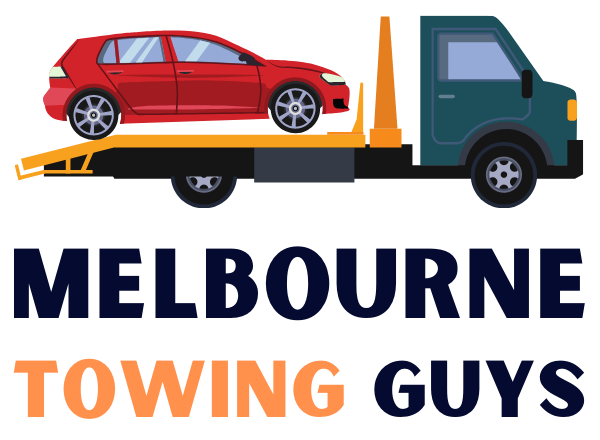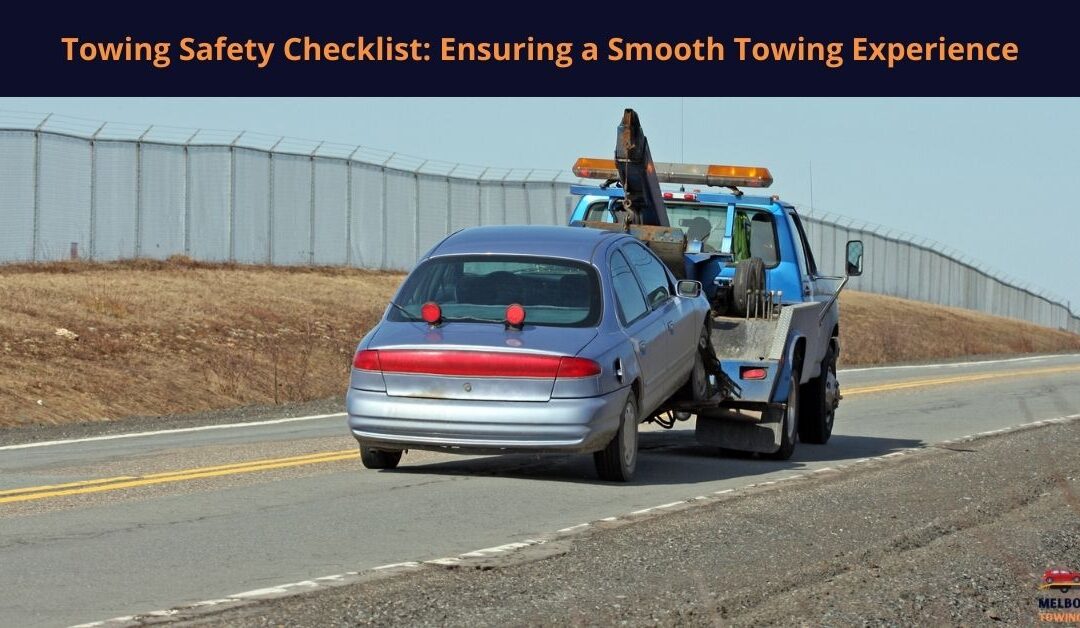Towing a vehicle can be a daunting task, especially if you’re new to it or dealing with challenging conditions. However, following a comprehensive safety checklist ensures a smooth and safe towing experience. Whether you’re towing a trailer, a boat, or a car, having a plan in place is crucial to avoid accidents, equipment damage, and other hazards. Here’s a detailed towing safety checklist to guide you through the process.
1. Check the Towing Vehicle’s Capacity
Before you even begin towing, it’s essential to know the towing vehicle’s capabilities. Overloading the vehicle can lead to dangerous situations like loss of control or damage to the engine and transmission.
Verify towing capacity: Check the manufacturer’s manual for your vehicle’s towing capacity, including the Gross Vehicle Weight Rating (GVWR) and the Gross Combined Weight Rating (GCWR).
Consider the trailer’s weight: Add the weight of the trailer, any cargo, and the vehicle being towed (if applicable) to ensure it falls within your vehicle’s limits.
Factor in passengers and gear: Don’t forget that the weight of passengers and gear inside the towing vehicle contributes to the overall load.
2. Inspect the Towing and Towed Vehicle
A pre-trip inspection of both the towing and towed vehicle is critical to ensure everything is in proper working order.
Check the tires: Ensure that all tires (on both vehicles) are properly inflated to the recommended pressure. Worn or underinflated tires can lead to blowouts.
Inspect brakes: Verify that the brakes on both the towing vehicle and trailer are functioning properly. If you’re towing a heavy load, consider trailer brakes for added control.
Look for fluid leaks: Inspect for any engine oil, brake fluid, or transmission fluid leaks, as these could indicate potential mechanical failures.
Check lights and indicators: Make sure all headlights, brake lights, turn signals, and hazard lights are working on both vehicles. This is crucial for signaling your intentions to other drivers.
3. Ensure Proper Hitching
Securing the towed vehicle or trailer properly is one of the most critical aspects of towing.
Match the hitch to the load: Ensure the hitch system is appropriate for the vehicle or trailer being towed. Use the correct hitch ball size, rated for the weight of the towed load.
Secure the safety chains: Cross the safety chains beneath the trailer hitch in an X-pattern to catch the tongue in case it comes loose. Make sure the chains are not dragging on the road but are long enough to allow for turns.
Check the trailer coupler: Double-check that the trailer coupler is tightly secured and locked onto the hitch ball.
Use a weight distribution hitch (if applicable): For heavier loads, a weight distribution hitch helps to distribute the tongue weight more evenly across the towing vehicle, improving stability and control.
4. Test the Trailer Brakes and Lights
Trailer brakes and lights are essential for ensuring that your towing setup is visible and can stop safely.
Test the brakes: If your trailer has brakes, make sure they are properly connected and functional before hitting the road. Test them by tapping the brake pedal gently.
Check electrical connections: Make sure the trailer’s electrical system is connected to the towing vehicle, and verify that the trailer’s brake lights, turn signals, and hazard lights work correctly.
5. Distribute the Load Evenly
Improper weight distribution can lead to swaying or poor vehicle control.
Balance the load: Ensure that the load in the trailer or the towed vehicle is evenly distributed, with 60% of the weight towards the front (tongue) of the trailer.
Secure the cargo: Ensure that all items inside the trailer or towed vehicle are tightly secured to prevent shifting during travel.
Check tongue weight: The tongue weight (downward force on the hitch) should be around 10-15% of the total trailer weight. Too little tongue weight can cause swaying, while too much can lift the front of the towing vehicle.
6. Drive Cautiously
Towing adds weight and length to your vehicle, so it’s essential to adjust your driving habits accordingly.
Slow down: Tow at moderate speeds, as higher speeds increase the risk of trailer sway and make it harder to stop.
Leave more space: Increase your following distance to account for longer stopping times.
Make wider turns: Tow vehicles need more space to turn, so take corners slowly and wider than you usually would.
Avoid sudden maneuvers: Make smooth, gradual movements to prevent the trailer or towed vehicle from swaying.
Plan stops ahead: Ensure you have ample room to stop or slow down, especially on downhill roads.
7. Prepare for Emergencies
Even with the best preparation, emergencies can happen, so it’s important to be ready.
Have a roadside assistance plan: Sign up for towing-specific roadside assistance that can help if you experience a breakdown or an issue while towing.
Carry emergency equipment: Keep a toolkit, spare tires (for both vehicles), a jack, and reflective safety triangles on hand.
Know how to handle trailer sway: If your trailer begins to sway, gently ease off the accelerator and avoid steering sharply. Do not hit the brakes immediately, as this can worsen the situation.
8. Follow Local Laws and Regulations
Different states and countries have varying laws regarding towing.
Check weight limits: Know the legal weight limits for towing in your area to avoid fines or penalties.
Understand trailer brake laws: Some regions require trailers above a certain weight to have their own braking system.
Know speed limits: Certain areas have lower speed limits for vehicles towing trailers.
9. Regularly Check During the Trip
Once you’re on the road, periodically check the status of your towing setup to ensure everything remains secure.
Pull over and inspect: Every 50-100 miles, pull over safely to check that the hitch, safety chains, and cargo are still secure.
Check tire pressure: Long trips can cause tires to lose air. Keep an eye on tire pressure to avoid blowouts.
Monitor trailer sway: Stay alert for any signs of swaying or difficulty controlling the vehicle, and adjust your speed accordingly.
10. Plan Your Route
Before setting off, plan your route with towing in mind.
Avoid narrow or steep roads: Choose routes that are easier to navigate with a towed vehicle or trailer.
Look for rest stops: Identify safe areas where you can stop, stretch, and check your towing setup.
Consider weather conditions: Adjust your route or plans if there are unfavorable weather conditions such as heavy rain, snow, or strong winds.
Conclusion
Towing is a responsibility that requires preparation and caution. By following this comprehensive towing safety checklist, you’ll be able to ensure a smoother, safer towing experience. Always remember that safety is paramount—taking the time to double-check your setup and driving carefully will go a long way in preventing accidents and damage.
If you are in Camberwell, Victoria 3124 and looking for a tow truck service or roadside assistance service, this is the best way to visit us.
Melbourne Towing Guys
12 Esperance Rd
Mount Waverley VIC 3149


Recent Comments